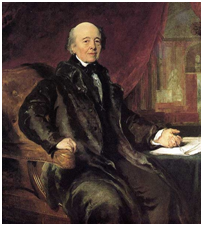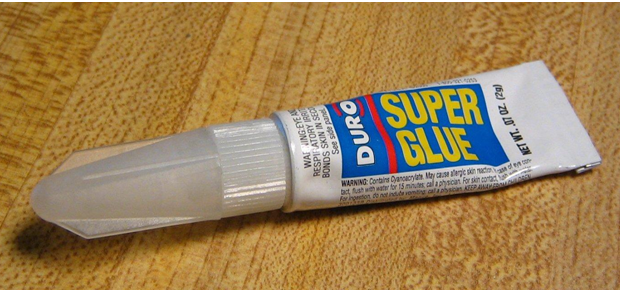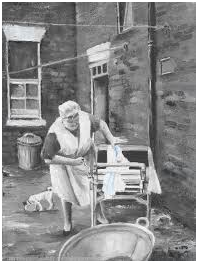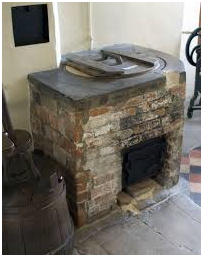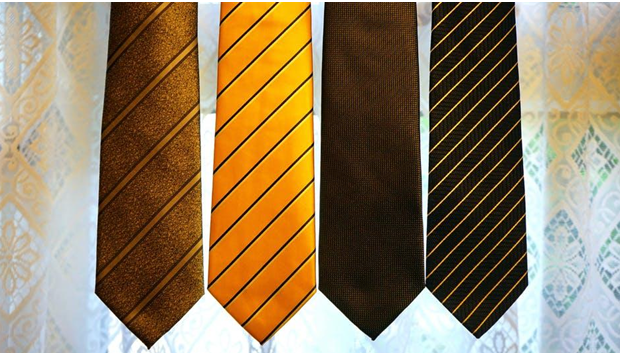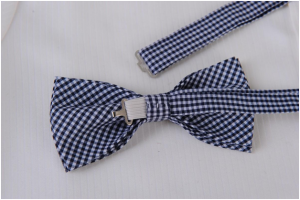All that is needed to get a new business started is a great idea. The covid-19 pandemic has seen record numbers of businesses founded across the world, with furloughed workers or those whose jobs have disappeared entirely developing ideas to become their own bosses.

Office of National Statistics data shows that more businesses are being incorporated each week in early 2021 than in 2019 or 2020, with the week ending on Friday 29th July saw more than 16,000 new businesses registered in the UK.
The way in which most businesses have been forced to operate since the early part of 2020 means that it has never been more important to have an online presence. In fact, it is probably more desirable for a business to have an online presence than a bricks-and-mortar premise these days.
Let’s take a look at some top tips for getting your new business established with an online presence.
Set up your own website
A website is like a virtual shop window, showing prospective customers your wares just as well as a pane of glass on the high street, with the added benefit that nobody needs to leave their house to visit. In setting up your new site, you have the tough job of coming up with a unique and apt web address.

Domain registration sites such as names.co.uk allow businesses to check on the availability of the domain names you create. Once you have found a domain name, you can then buy the domain name from a registration site; you will also need to pay for hosting.
Design your site
Anyone who is old enough to have fiddled about in Notepad creating basic HTML code to make websites will be pleased to learn that web design has become easier over the last 20 years or so. Sites such as Wix, Squarespace, and WordPress have made designing beautiful and full-featured websites a very simple task. Templates can be employed to generate a great-looking site in a matter of minutes, with no knowledge of coding required.
What should be on my site?
At an absolute minimum, your site should include a homepage that welcomes visitors to your site, explaining your vision and setting out how customers can get in touch with you. This could include your email address, phone number, and social media handles as well as a contact form.
Developing your site further could see the inclusion of an ‘about’ page that talks about your business’ history and aims. A services page could give an overview of the services you offer, or it could branch into multiple pages that look at the different arms of your business. A separate contact page may include the contact details above, along with your address or other important information that could help customers get in touch with you.
Businesses selling items may wish to invest in e-commerce solutions, which include the ability to take card payments and PayPal payments from customers online.
Read Full Article










